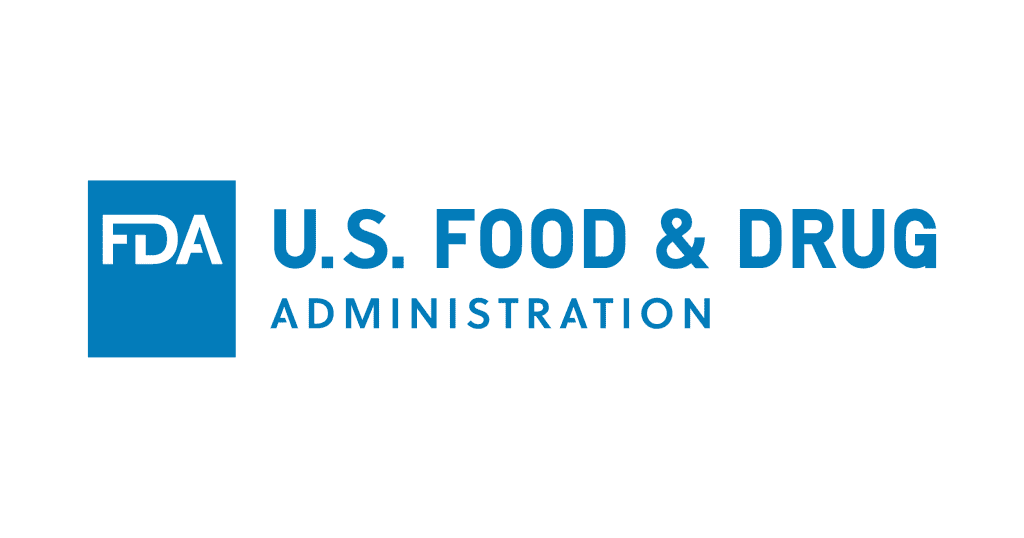What’s In a Name?

By Al Lorman, AAHP Counsel
FDA’s issuance of its new guidance on homeopath drugs in December, 2022 has caused concern in some quarters because of the language used by the agency to describe homeopathic drugs: unapproved new drugs. That phrase is a whole lot less scary, however, if one realizes that it is a term of art to FDA, and that the legal status of homeopathic drugs did not change at all with the transition to the new guidance from the revoked Compliance Policy Guide, CPG 400.400. Furthermore, FDA’s use of that term is simply FDA’s view; it has no binding legal effect until a court agrees with FDA.
The Federal Food, Drug, and Cosmetic Act (FDCA) recognizes two kinds of human drugs (ignoring for our purposes the difference between prescription-only and OTC drugs): those which are generally recognized as safe and effective (abbreviated as GRASE), and those which are not. A drug which is not GRASE is a “new drug.” The FDCA bars the interstate distribution of a new drug which is not subject to an application approval by FDA. Hence, we have the term, unapproved new drug.
In fact, there are hundreds (perhaps thousands) of unapproved new drugs on the market. FDA’s National Drug Code directory even contains a category named Unapproved Drug. When Congress added the efficacy requirement to the FDCA in 1962, it directed FDA to review all drugs on the market for efficacy. Prescription drugs were reviewed under a contract with the National Academy of Sciences-National Research Council (NAS-NRC), but FDA had to act on the NAS-NRC recommendations. As is often the case, FDA ran out of steam and there are many prescription drugs whose status was never finalized. Most of those “unapproved new drugs” are still on the market. FDA took a somewhat different approach in reviewing over-the-counter drugs, beginning in 1972, but that review as well has not been completed. Drugs which have not been the subject of final FDA monograph action are technically unapproved new drugs (e.g., aspirin).
While CPG 400.400 was titled, Conditions under Which Homeopathic Drugs May Be Marketed, homeopathic drugs were still unapproved new drugs from FDA’s perspective. CPG 400.400 stated that, “A product’s compliance with the requirements of the HPUS, USP, or NF does not establish that it has been shown by appropriate means to be safe, effective, and not misbranded for its intended use.” Clearly, the language of the new guidance is harsher and it was precisely because CPG 400.400 seemed to create a safe harbor for homeopathic drugs that FDA chose to revoke it.
However, the structure of the FDCA does not permit FDA to take action against homeopathic drugs as a class. (While the recent monograph reform legislation authorizes FDA to issue administrative orders for classes of allopathic OTC drugs, homeopathic drugs were excluded from the authorization.) Accordingly, FDA has limited enforcement options for domestically manufactured homeopathic drugs (imported drugs can be subject to the much hasher import detention process). If a Warning Letter to a domestic manufacturer or distributor does not yield the FDA-desired result, the Agency can always issue a press releases about the allegedly offending product. But going to court is a different matter. Because the Agency lacks independent litigating authority, it must convince the Justice Department to initiate litigation to enforce the FDCA. At the end of the day, a judge decides whether or not a drug is GRASE or an unapproved new drug. Litigation is cumbersome and time-consuming and FDA resorts to it infrequently. And, the Agency must act against each drug separately. Thus, in my view, there is little reason to believe that FDA will initiate legal proceedings against the thousands of homeopathic drugs on the market, even if it considers them unapproved new drugs. It is an entirely different matter, of course, if FDA believes that a homeopathic product poses a real risk to public health.
